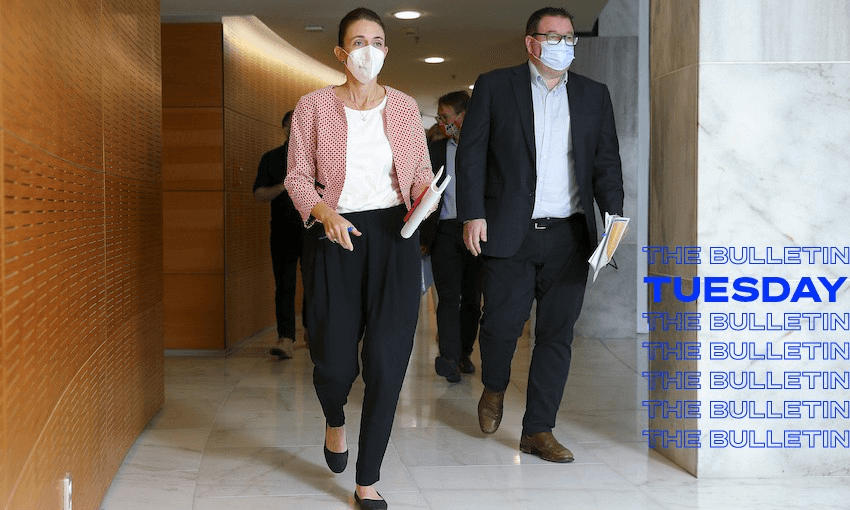With nearly 1,000 daily cases the country’s response is moving away from trying to control Covid-19 and focusing on protecting the vulnerable, Justin Giovannetti writes in The Bulletin.
The country is moving to the second phase of the omicron plan at midnight. While it might feel like elimination died some time ago, there have been a number of stations along the road to ending New Zealand’s long-serving strategy. It’s likely the last trace of elimination will be dropped tonight. While elimination was abandoned as the country’s explicit strategy last year, its DNA was still at the core of the response. Through delta and the first month of omicron, New Zealand was still focused on stamping out Covid-19 when possible—we nearly got there with delta. With about 2,000 omicron cases since Friday, that’s no longer possible. Phase two’s objective is decidedly not elimination, containment or suppression. It’s a speed bump*. Alice Neville has written up a useful explainer for The Spinoff about what phase two entails: more rapid tests, an end to contact tracing for most cases and shortened isolation periods.
A need to clarify*. “Phase three is not an inevitability,” director-general of health Ashley Bloomfield said yesterday. That’s an optimistic statement worth examining. The second phase of the three phase system is only designed to slow infections down and directs remaining resources to protecting the vulnerable. Even at that level, it can only deal with up to 5,000 daily cases. However, that could be enough to halt omicron in New Zealand. The country’s high booster coverage, good testing numbers and millions of sensible individual decisions have slowed omicron so far. According to the prime minister, had the country followed the same omicron trajectory as New South Wales, we would have recorded 17,000 cases yesterday instead of 981. Phase two could still be a mighty speed bump.
What can you do now? As RNZ reports, it’s time to develop a self-isolation plan. Figure out what buddy can drop off supplies if you get sick and make sure you have enough space at home to get better. If you need help, this is a good time to ask. Also, it’s time to get boosted if you haven’t already. The booster takes two weeks to reach peak performance, but as Bloomfield told me yesterday, some additional protection starts nearly immediately.
The next few weeks are likely to be unlike anything we’ve seen before. Here’s what Jacinda Ardern said at parliament yesterday: “We are embarking, for the first time in the two years since the start of the outbreak, into a period where New Zealanders will see more Covid in the community. It is a period of disruption and risk. It will be nothing like we’ve experienced to date, but our efforts with vaccination mean we have got to this place without the volume of serious illness and death that so many others experienced.”
The Spinoff’s Covid data tracker has the latest figures.


